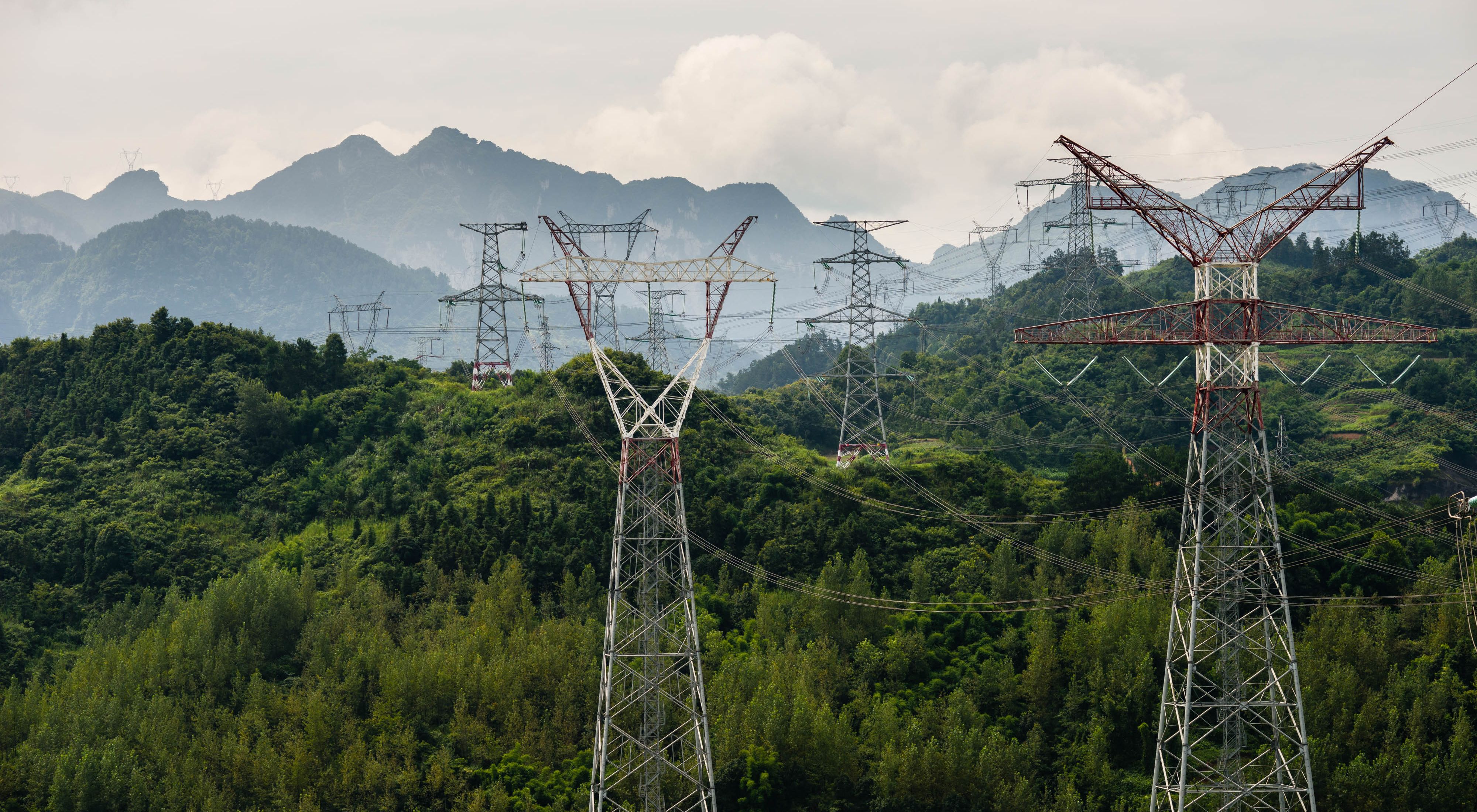This article was written by Giulio Boccaletti, former Chief Strategy Officer & Global Ambassador for Water with The Nature Conservancy.
To secure a low-carbon future and begin to address the challenge of climate change, the world needs more investment in renewable energy. So how do we get there? No system of power production is perfect, and even “green” power projects, given their geographic footprint, must be managed carefully to mitigate “energy sprawl” and the associated effects on landscapes, rivers and oceans.
Hydropower offers one of the clearest examples of how the location of renewable energy infrastructure can have unintended consequences. Dam-generated electricity is currently the planet’s largest source of renewable energy, delivering about twice as much power as all other renewables combined. Even with massive expansion in solar and wind power projects, most forecasts assume that meeting global climate mitigation goals will require at least a 50% increase in hydropower capacity by 2040.
Despite hydropower’s promise, however, there are significant economic and ecological consequences to consider whenever dams are installed. Barriers that restrict the flow of water are particularly disruptive to inland fisheries, for example. More than six million tons of fish are harvested annually from river basins with projected hydropower development. Without proper planning, these projects could jeopardize a key source of food and income generation for more than 100 million people.

Consequences like these are not always apparent when countries plan dams in isolation. In many parts of Asia, Latin America and Sub-Saharan Africa, hydropower is an important source of energy and economic development. But free-flowing rivers are also essential to the health of communities, local economies and ecosystems. By some estimates, if the world completes all of the dam projects currently underway or planned without mitigation measures, the resulting infrastructure would disrupt 300,000 kilometers (186,411 miles) of free-flowing rivers—a length equivalent to seven trips around the planet.
There is a better way. By taking a system-scale approach—looking at dams in the context of an entire river basin, rather than on a project-by-project basis—we can better anticipate and balance the environmental, social and economic effects of any single project, while at the same time ensuring that a community’s energy needs are met. The Nature Conservancy has pioneered such a planning approach—what we call “Hydropower by Design”—to help countries realize the full value within their river basins.
Even one dam changes the physical attributes of a river basin. Multiplied through an entire watershed, the impact is magnified. Hydropower projects planned in isolation not only often cause more environmental damage than necessary; they often fail to achieve their maximum strategic potential and may even constrain future economic opportunities.
As a result, even dams that meet their power-generation goals may fail to maximize the long-term value of other water-management services such as flood control, navigation and water storage. Our research shows that these services add an estimated $770 billion annually to the global economy. Failure to design dams to their fullest potential, therefore, carries a significant cost.
Quote
Completing the transition to a low-carbon future is perhaps the preeminent challenge of our time, and we won’t succeed without expanding renewable-energy production.
In the past, some developers have been resistant to this sort of strategic planning, believing that it would cause delays and be expensive to implement. But, as the Conservancy’s latest report—The Power of Rivers: A Business Case—demonstrates, accounting for environmental, social and economic risks up front can minimize delays and budget overruns while reducing the possibility of lawsuits. More important, for developers and investors, employing a holistic or system-wide approach leverages economies of scale in dam construction.
The financial and development benefits of such planning enable the process to pay for itself. Our projections show that projects sited using a Hydropower by Design approach can meet their energy objectives, achieve a higher average rate of return and reduce adverse effects on environmental resources. With nearly $2 trillion of investment in hydropower anticipated between now and 2040, the benefits of smarter planning represent significant value.
System-scale hydropower planning does not require builders to embrace an entirely new process. Instead, governments and developers can integrate principles and tools into existing planning and regulatory processes. Similar principles are being applied to wind, solar and other energy sources with large geographic footprints.
Completing the transition to a low-carbon future is perhaps the preeminent challenge of our time, and we won’t succeed without expanding renewable-energy production. In the case of hydropower, if we plan carefully using a more holistic approach, we can meet global goals for clean energy while protecting some 100,000 kilometers of river that would otherwise be disrupted. But if we don’t step back and see the whole picture, we will simply be trading one problem for another.
Originally Posted on Project Syndicate
May 09, 2017
View Original
Global Insights
Check out our latest thinking and real-world solutions to some of the most complex challenges facing people and the planet today.

